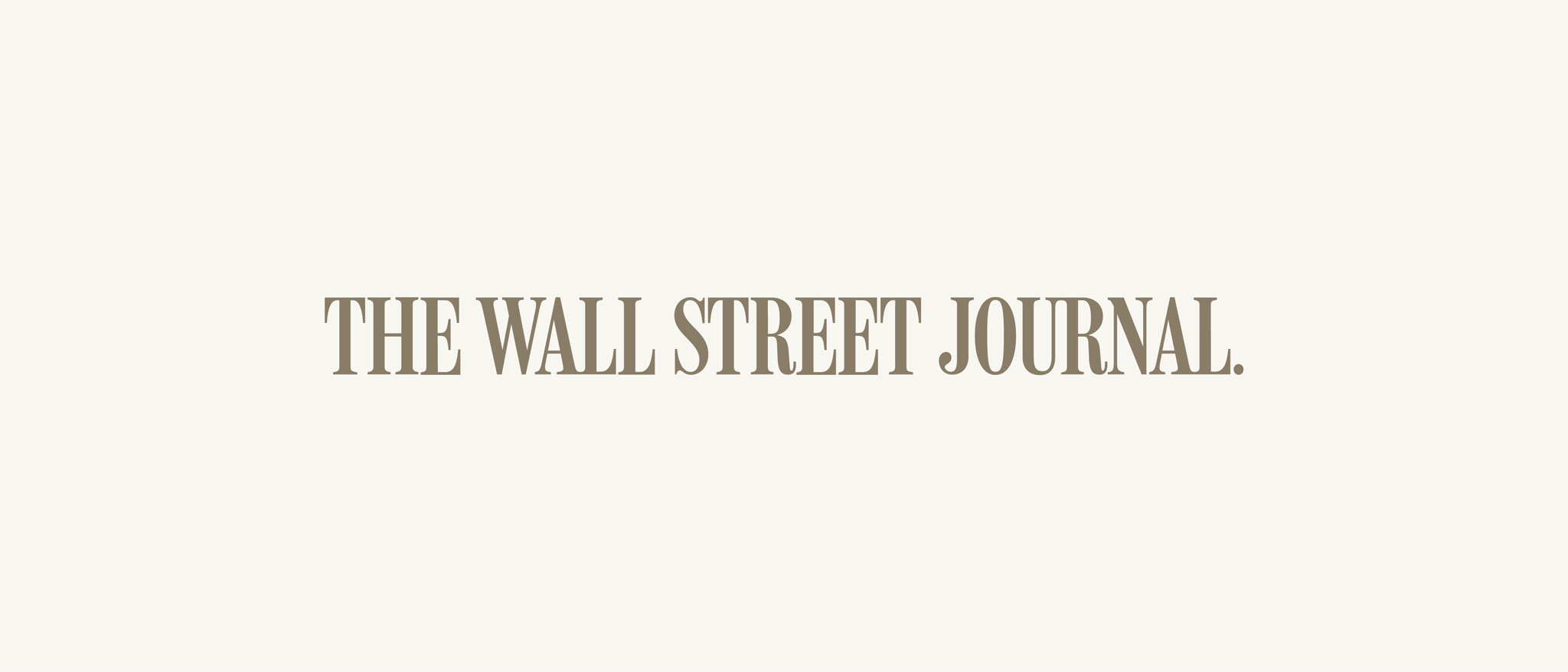The Pandemic Has Changed Workers’ Benefits Expectations. Here’s How HR Pros Can Adapt.
Since the Covid-19 pandemic elevated workers’ expectations of their employers, there has been a gap between the benefits desired by employees and those being offered. In a tight labor market, that gap has grown more noticeable.
When I asked human-resources leaders about the benefits area where they felt the gap was most apparent, they cited wellness. Carla Yudhishthu, chief people officer at Mineral Inc., an HR compliance provider for small to midsize businesses, said that while her own benefits carriers offer coverage for mental health, for example, employees have expressed dissatisfaction with the services those carriers were able to offer.
Mineral has coped with this dissatisfaction by creating permanent wellness provisions inside the company, including those focused on fitness, parenting and finances. “While we can’t produce more mental-health professionals, we can enrich our general wellness offerings so employees can access what feels important to them individually,” Ms. Yudhishthu said.
Meeting employees’ changing expectations on benefits has been crucial for companies during the post-lockdown return to work. Amy Dines, vice president of product management and rewarding products for HR technology company SAP SuccessFactors, said organizations that took a more cautious approach to replacing prepandemic benefits with programs meaningful to today’s workforce—such as wellness and work-from-home support—have experienced greater attrition and have had more difficulty filling open positions.
“On the other hand, organizations that restructured their benefits quickly have been less impacted by the Great Resignation. They replaced free lunches and shuttles to work with home-office equipment, internet reimbursement and even virtual reality devices to reduce the loneliness factor,” Ms. Dines said.
Communication about offerings, especially during the open-enrollment period for selecting health insurance and other benefits, is another critical factor in either narrowing or widening the benefits expectation gap. Before the pandemic, Ms. Dines said, onsite preventive health events such as flu-shot drives helped employees make informed enrollment decisions and drove millions of healthcare dollars. But the webinars that are popular as many employees remain remote aren’t nearly as effective in sharing information, and benefits enrollment has suffered as a result.
Mairéad Magner is the chief human-resources officer of Trane Technologies, which makes heating, ventilation, and air conditioning and refrigeration systems. Her team emphasizes benefits information through a multipronged communications strategy including a mobile app, the intranet, and virtual and in-person town halls.
Trane also deploys local champions, or fellow employees residing in physical locations, to assist plant workers who may not be connected to the company digitally. These individuals are a lifeline, reaching out personally to ensure all workers have the critical information they need.
Ms. Magner pointed out that not only is it important to engage employees to understand where there’s an opportunity to close gaps, but that it’s also essential to assess the use of benefits once they’re in place. “Annual or semiannual review sessions can uncover whether programs are delivering the intended value to employees, what areas are most successful and where there is opportunity to improve,” she said.
Here are some tips that can help close the gap between the benefits your employees are expecting and the benefits you’re providing:
- Provide for basic needs first. Ms. Yudhishthu says it’s best for HR leaders to think about benefits like Maslow’s hierarchy of needs, a psychological theory that suggests people are motivated by the pursuit of needs such as safety. “I’ve realized in the last two years that the needs at the base of the hierarchy have grown—they now include mental health and overall wellness, including flexibility with time off and new ways of working. Once the foundation is covered, think about what will give you the highest utilization across the board.”
- Decide on “nice-to-haves” based on data. Use technology to survey your employees and then crunch your data to determine the benefit trade-offs that your employees are willing to make, and adjust your strategy in real time. Ideally, you’ll land on offerings that support both employee and organizational values. Trane Technologies, for example, recently launched a volunteer time-off program, which provides employees one day of paid time off to volunteer for nonprofit organizations. This benefit aligned with employees’ stated desire to make a positive impact in their communities while facilitating the company’s commitment of donating 500,000 global employee hours to programs that support Sustainable Futures.
- Make open enrollment easy. Employees can’t take advantage of benefits they don’t know exist. Yet open enrollment remains a confusing process, especially for those with less experience working full-time jobs. Rather than passively posting content online and hoping your employees will figure it out, create support vehicles such as step-by-step tutorials, cost estimators and “office hours” for open-enrollment assistance from HR. Your communication during open enrollment should be so frequent and so obvious that employees have to go out of their way to ignore it.
This article was authored by Alexandra Levit, and originally published by The Wall Street Journal.


